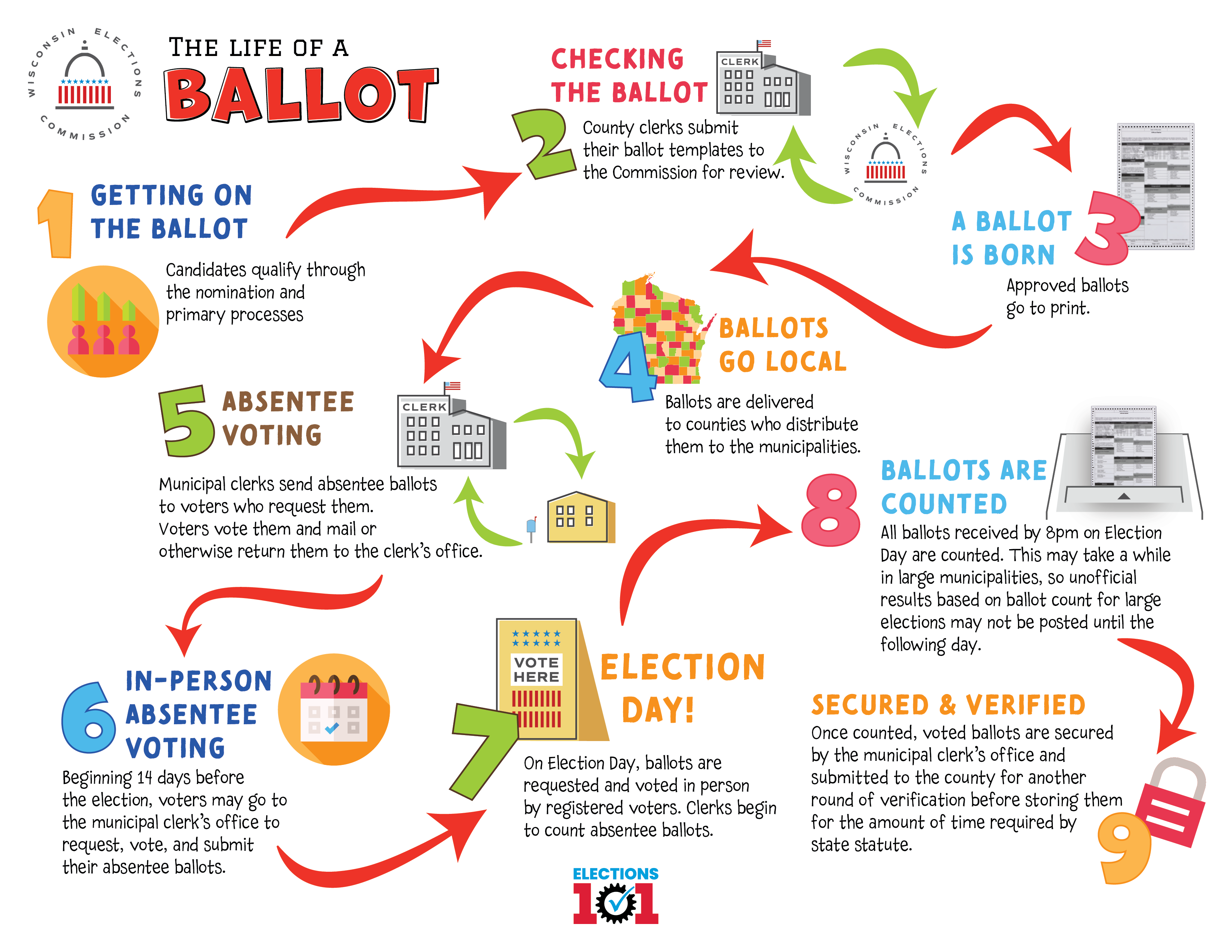School District Clerks
Wisconsin is organized into 421 school districts. Each school district is governed by a school board whose members are elected by the residents of the district. The School District Clerk is a member of the school board though an administrator or assistant at the district may do many of the clerk's duties. School board offices are non-partisan and the elections take place in the spring with other such contests. The resources here have been created and compiled to help school district clerks administer their elections.
Election Admin Manual for School District Clerks
This manual was developed to serve as a knowledge base for the array of election duties required of school district clerks.
Webinar Recordings
Recordings of WEC training webinars can be viewed by school district clerks on our Vimeo Channel.
Recall Manual
As the filing officer, occasionally school district clerks do have to administer a recall process of a board member. The Recall Manual for Local Officials details the requirements.
Number of Signatures for a School Board Recall
When it comes to school districts, calculating the number of signatures a petitioner needs for a recall can be very complicated. WEC created a breakdown of the formula put forth in statute to help clerks.
School Board Candidate Forms
The forms school board candidates need to file to run for office can be found on the Local Candidates page, under Non-Partisan.



